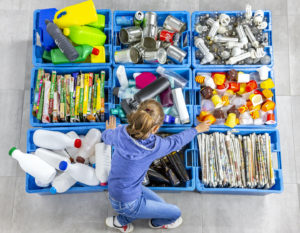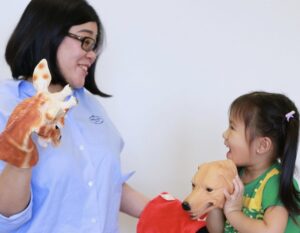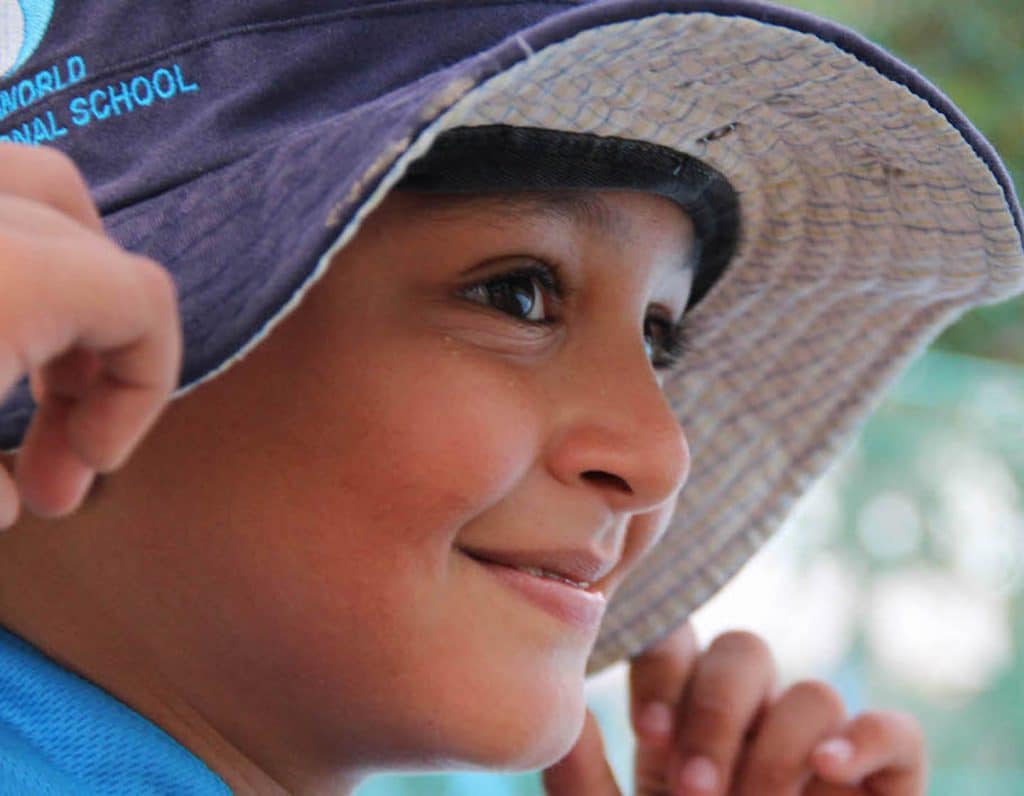
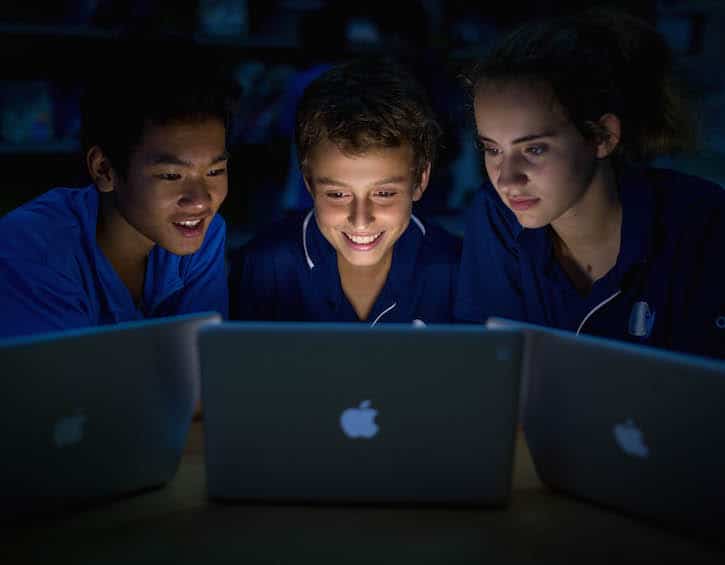
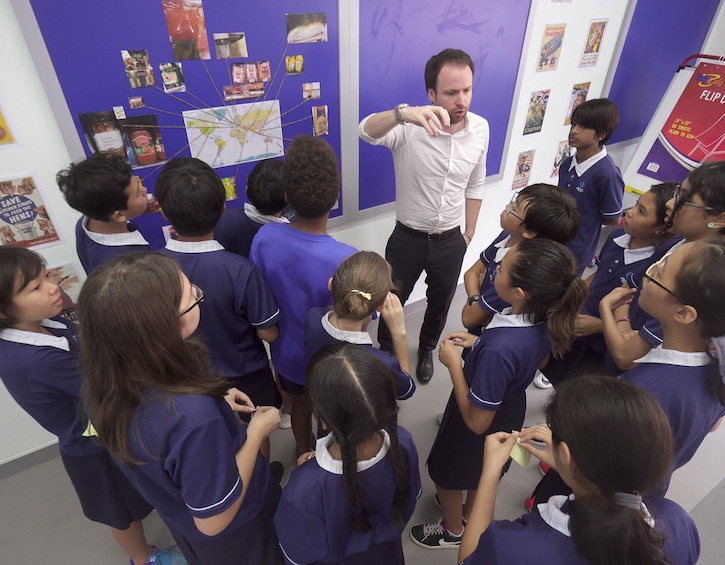
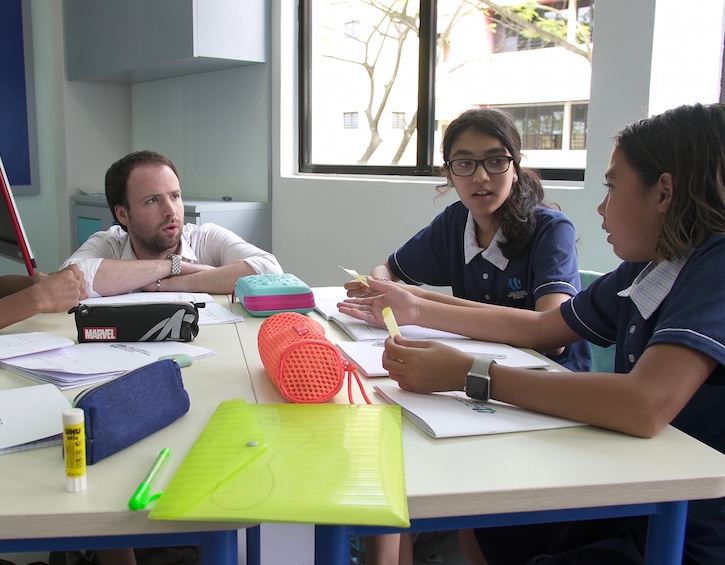
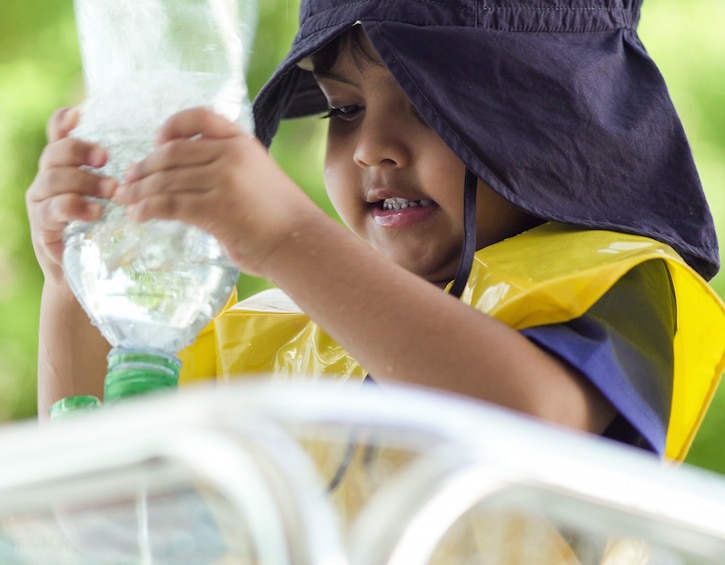
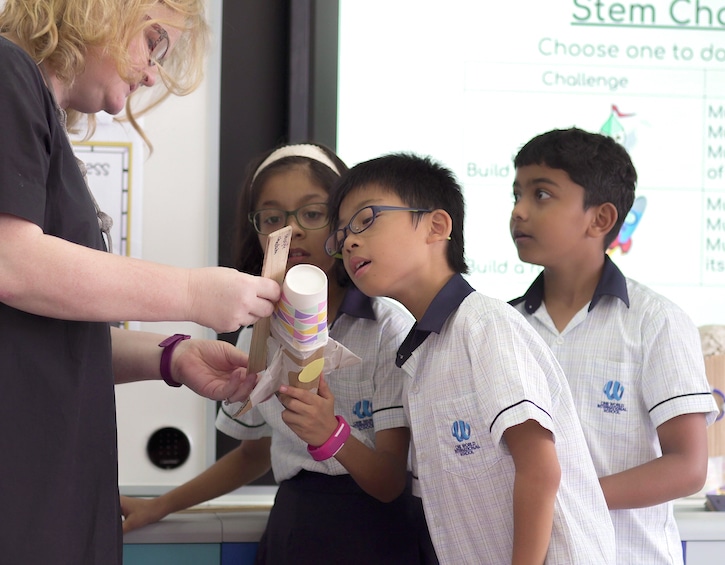
A new eBook covers everything you could possibly want to know about education in Singapore and choosing an international school (or local school!)
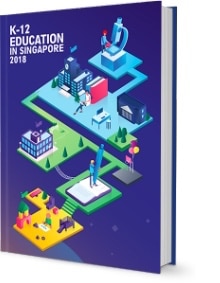 The search for an international school in Singapore can be quite the harrowing journey. Not only are there dozens of options to consider, but there are also factors like curriculum, location, facilities … the list goes on and on! If you’re new to Singapore, you may also be wondering how international schools differ from local schools.
The search for an international school in Singapore can be quite the harrowing journey. Not only are there dozens of options to consider, but there are also factors like curriculum, location, facilities … the list goes on and on! If you’re new to Singapore, you may also be wondering how international schools differ from local schools.
On top of all that, how can you be sure a particular school or educational model will actually suit your child!
One World International School (OWIS) recognises that the struggle is real, mama, and have put together a super handy, unbiased Guide to K-12 Education in Singapore, that breaks down ALL the factors that affect schooling here, both on the local and international level.
Click here to download this FREE and informative eBook, and check out our gallery for a sneak peek at some of the useful tips you may not have yet considered in your international school search!
Unlike local schools (which follow a national programme determined by the Ministry of Education), every international school in Singapore can set its own criteria. Even within specific national models (American or British, for instance), there can be significant differences from school to school as to how a curriculum is developed and applied.
Schools will also vary in the ages they accept, standards of admission (is your 4-year-old required to complete an assessment exam? Or do an evaluation interview?), and criteria for acceptance.
Finally, mamas, bear in mind that if your child changes schools at some point (as many do, for various reasons), even if they move to another school in the same category, you may find gaps in their knowledge or practical skills.
On the local level, the Ministry of Education oversees teacher recruitment and has exacting standards and policies requiring educators to meet strict criteria in terms of education level attained, certifications, and even evidence of continuing education, training and development. The result: Singapore has some of the best-trained teachers in the world.
For international schools, however, the Committee for Private Education (CPE) sets a minimum criteria, but does not set precise requirements, nor does it oversee individual schools’ teacher recruitment practices. Some private international schools are not as rigorous as others in recruitment, background screening, educational level attained, or ongoing training requirements. This is an important thing to ask about, mamas!
While Singapore is currently in the process of overhauling its assessment-based model in primary and secondary school, it still has consistent tests like the PSLE, which is given to all students aged 10-11. International Schools, meanwhile, are not required to mandate these tests, and some may not introduce any sort of external, standardised tests until grade 12.
Bear in mind, mama, that if you plan on changing school model, or curriculum, or anticipate moving to a country with a different educational system, lacking any standardised test scores may be problematic. So this is a good thing to ask about when investigating schools!
Are you familiar with the Fourth Industrial Revolution (4IR), mama? According to the World Economic Forum, it represents a fusion of technologies that blurs the lines between the physical, digital and biological spheres.
Global educators are well-versed in this phenomena, and the demand for non-cognitive, or social-emotional, skills is ever more important as students forge their paths into adulthood. Some of these key skills include leadership, enterprise, conscientiousness, teamwork, perseverance, and resilience – all of which can contribute to career growth.
Here in Singapore, the Positive Education model aims to make school culture more supportive, which in turn leads to the development of these important non-cognitive skills.
The philosophy of each international school will drive their choice of educational model, curriculum, and application qualifications. Even in schools based on a similar model (British or American schools, for instance), you can expect some deviation, which could be stark.
If you’re deciding between local Singapore schools or an international school, bear in mind that a key to Singaporean schools’ success on an international level (that is, their consistently high performance in tests like the PISA exam), is that the public system offers reliability in its schools, in part because it does not “tolerate” low achievers who may drag down average student scores.
Want to learn more? Click here to download the full eBook on K-12 Education in Singapore!
Brought to you in partnership with One World International School

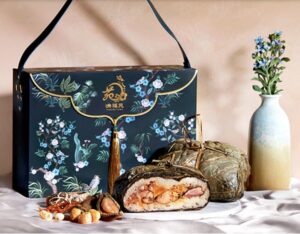
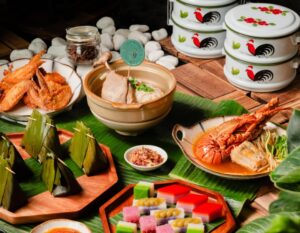
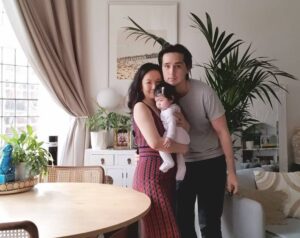
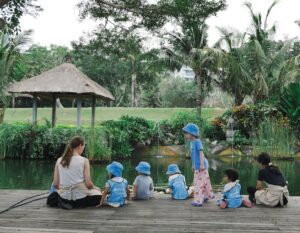
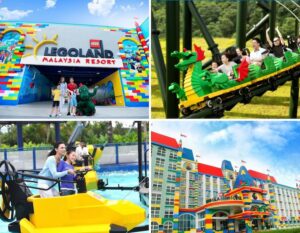
 View All
View All




 View All
View All
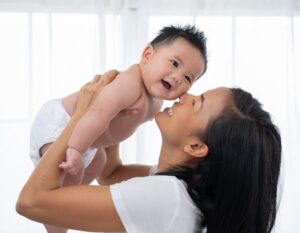
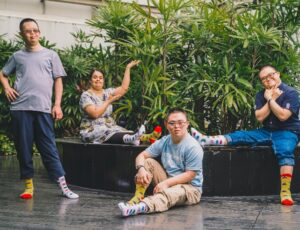


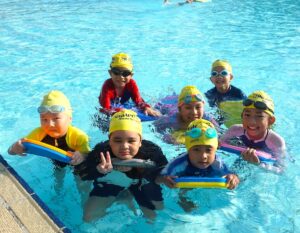
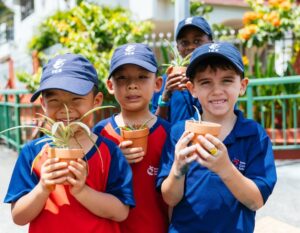
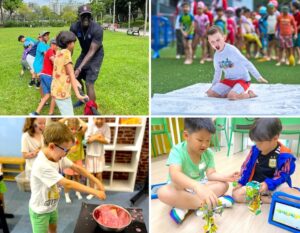


 View All
View All



